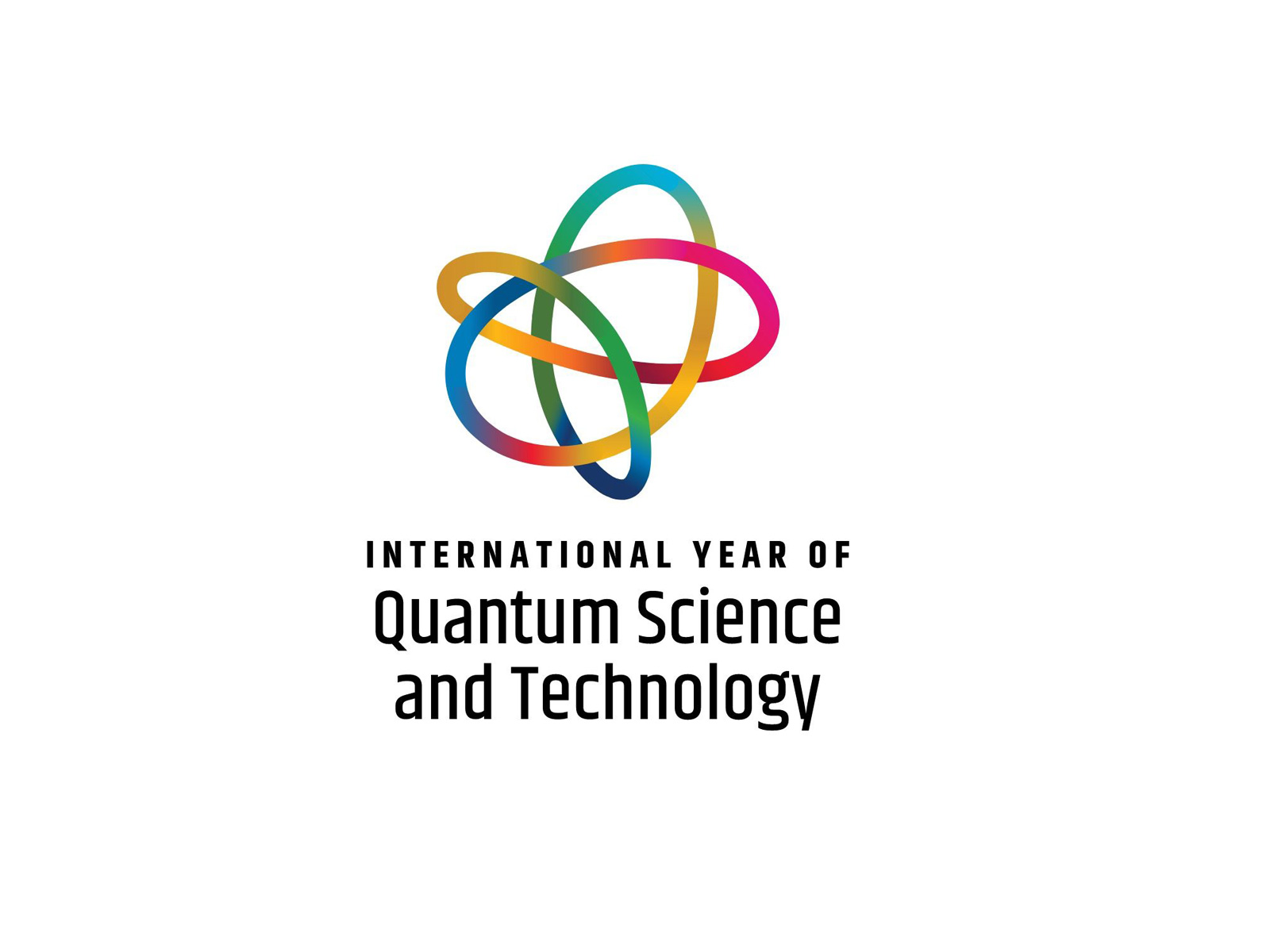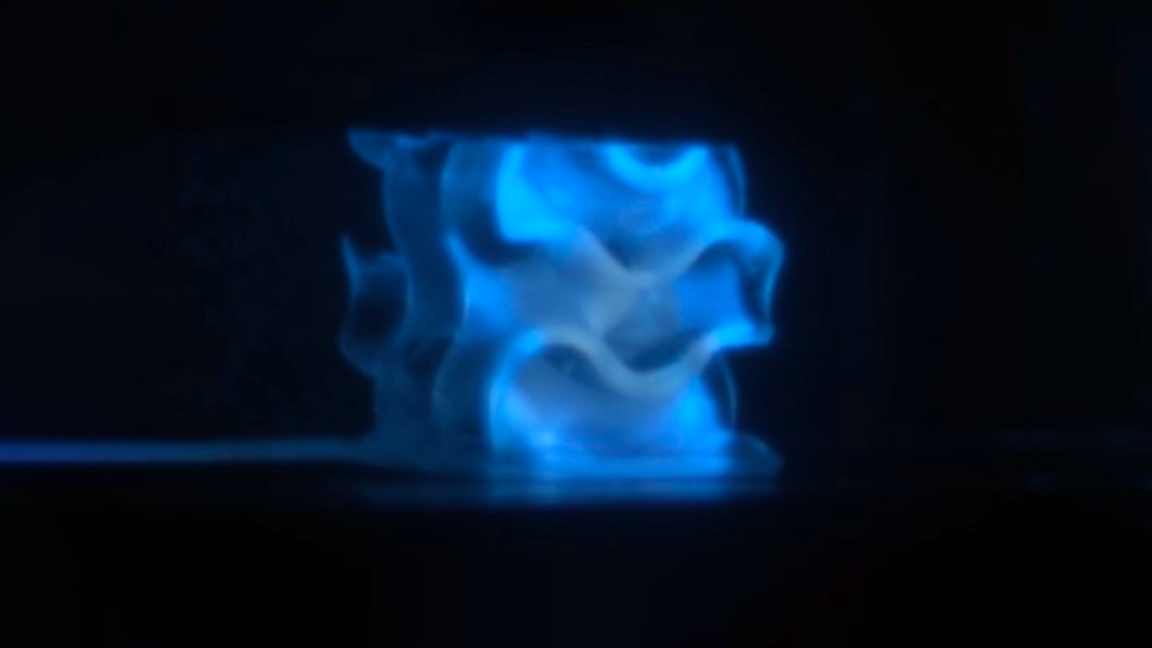 On 11 January, after a month of engineering and scientific checks that confirmed the perfect commissioning and operation of the satellite and its three telescopes, the observational campaign of the Imaging X-Ray Polarimetry Explorer (IXPE), the first space observatory entirely dedicated to the study of the polarisation of X-rays emitted by the hottest and most energetic objects in the universe, such as black holes, neutron stars and supernovae remnants, got underway. Launched last 9 December from Nasa’s Kennedy Space Center, IXPE will shed light on some of the properties of these astrophysical sources. The mission, resulting from a collaboration between NASA and ASI, sees the significant contribution of INAF and INFN, responsible for the development, implementation, qualification and calibration of the three detectors that are the eyes and heart of IXPE, the Gas Pixel Detector, able to provide accurate information on both the characteristics of the magnetic fields, on which the polarisation depends, as well as on the geometry of the celestial bodies that will be investigated. The first scientific target on which IXPE’s gaze is focused is Cassiopeia A, an area of our own Milky Way populated by material ejected from a star that exploded into a supernova 350 years ago. Over the next year, IXPE’s mission plan envisages the study of 30 celestial bodies. Within the IXPE collaboration, INFN has played a fundamental role, using its expertise in the field of particle physics, and was responsible for the design and implementation of the innovative Gas Pixel Detectors.
On 11 January, after a month of engineering and scientific checks that confirmed the perfect commissioning and operation of the satellite and its three telescopes, the observational campaign of the Imaging X-Ray Polarimetry Explorer (IXPE), the first space observatory entirely dedicated to the study of the polarisation of X-rays emitted by the hottest and most energetic objects in the universe, such as black holes, neutron stars and supernovae remnants, got underway. Launched last 9 December from Nasa’s Kennedy Space Center, IXPE will shed light on some of the properties of these astrophysical sources. The mission, resulting from a collaboration between NASA and ASI, sees the significant contribution of INAF and INFN, responsible for the development, implementation, qualification and calibration of the three detectors that are the eyes and heart of IXPE, the Gas Pixel Detector, able to provide accurate information on both the characteristics of the magnetic fields, on which the polarisation depends, as well as on the geometry of the celestial bodies that will be investigated. The first scientific target on which IXPE’s gaze is focused is Cassiopeia A, an area of our own Milky Way populated by material ejected from a star that exploded into a supernova 350 years ago. Over the next year, IXPE’s mission plan envisages the study of 30 celestial bodies. Within the IXPE collaboration, INFN has played a fundamental role, using its expertise in the field of particle physics, and was responsible for the design and implementation of the innovative Gas Pixel Detectors.
You might also be interested in

EuPRAXIA chooses ELI Beamlines as second site for laser-driven accelerator

The record neutrino observed by KM3NeT
07 February 2025
Read more The record neutrino observed by KM3NeT

INFN celebrates the STEM WEEK and the International Day of Women and Girl in Science 2025

International Year of Quantum Science and Technology, 2025
03 February 2025
Read more International Year of Quantum Science and Technology, 2025

A new generation of plastic scintillators thanks to 3d printing

Capturing the accretion flow of M87* black hole
22 January 2025
Read more Capturing the accretion flow of M87* black hole